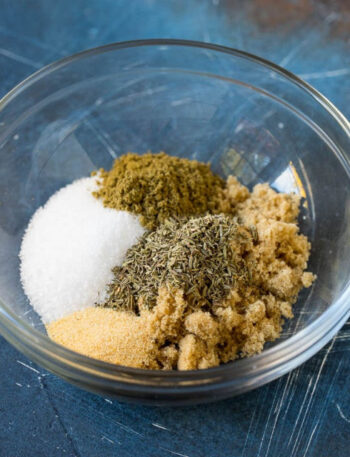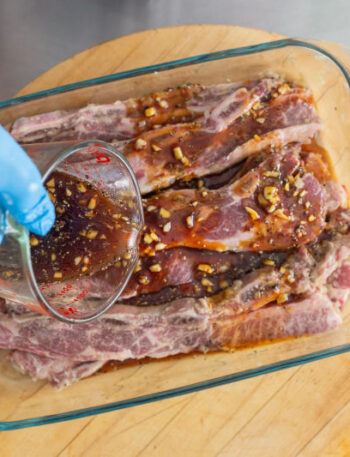Cliff Behrmann knows the difference between good and bad ham. His family has owned and operated, Behrmann Meat and Processing, in Albers since 1968. If that’s not enough to make you want meat advice from Behrmann, he has awards, too. His Clinton County company always takes home top ham honors from the Illinois Association of Meat Processors.
Behrmann has a few tips for picking and preparing the perfect ham.
▪ Splurge if you can. When it’s time to buy a ham, the first thing most shoppers look for is a good price. It might be tempting save a few dollars and go for the discounted meat. But that’s a bad idea. “If it’s a cheap ham, there’s water added,” Behrmann said. “That’s why when you get a more expensive ham, there’s more flavor.” Bottom line: Behrmann doesn’t recommend buying the cheapest in the cooler. A good holiday ham will cost about $40 to $50. Ham is priced by the pound. If you’re feeding a crowd, purchase about a pound of ham for every person at your party.
▪ Bone-in vs. Boneless. In the world of ham, boneless ham is much more convenient (and easier to slice in front of a crowd.) But most ham lovers prefer bone-in ham. It’s packed with more flavorful than its boneless counterpart. Why? Bone-in hams have a decent amount of fat, adding more taste to the meat. Fat isn’t a bad thing when it comes to ham. Don’t be afraid to go for the bone when it’s time to purchase your next ham.
▪ Skip the honey glaze. It’s a personal preference, but Behrmann isn’t fan of honey glazed ham. He thinks honey takes away from the true flavor. If you’re looking to enhance the taste, Behrmann suggests adding fruit. “It’s always good to put pineapple in,” he said. “It gives it a little extra flavor.” Don’t forget to put a few cherries on top, too.
▪ Don’t over heat. No one likes dry ham. To keep moisture in, keep the oven temperature low. “You only want to go to 160 to 170 degrees,” Behrmann said. “If you get over that, you just cook the moisture out of it.” A cured ham is already done, so don’t worry about making your guests sick by serving a raw ham. ▪ Keep it covered. Ignore this tip if you’re an expert cook. Keep reading if you’re not. Aluminum foil is your friend when preparing ham, Behrmann said. Keep it covered and make sure the temperature is low while heating your ham. Remember, no one likes dry, brittle ham.
▪ Cured vs. fresh. In most places you’ll find a cured ham, which means it’s already done. But if you’re daring enough to cook your own fresh ham, Behrmann said it’s OK to put it in the oven or smoke it to add flavor. Don’t smoke a cured ham. Here’s your third reminder: no one likes dry ham.


